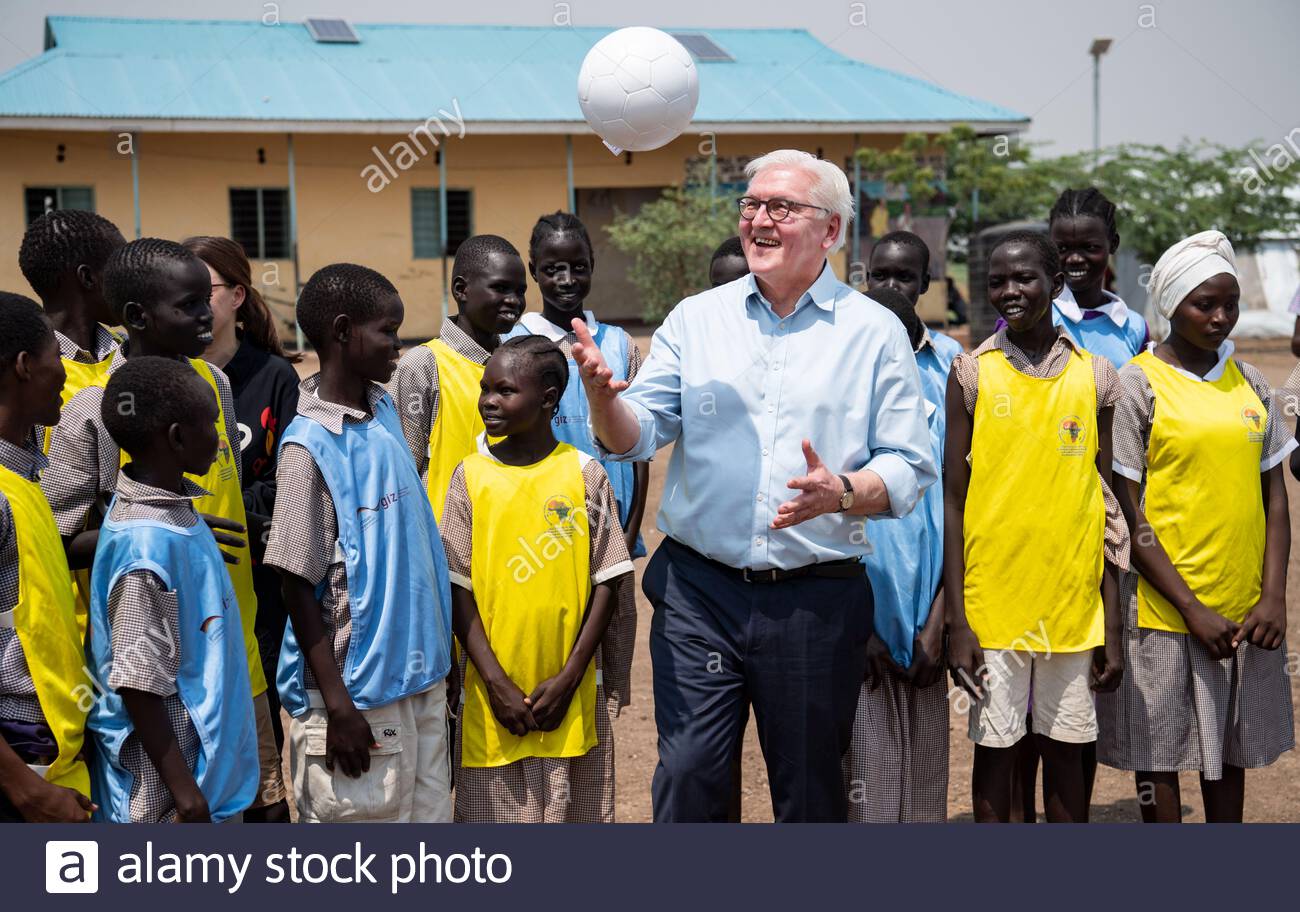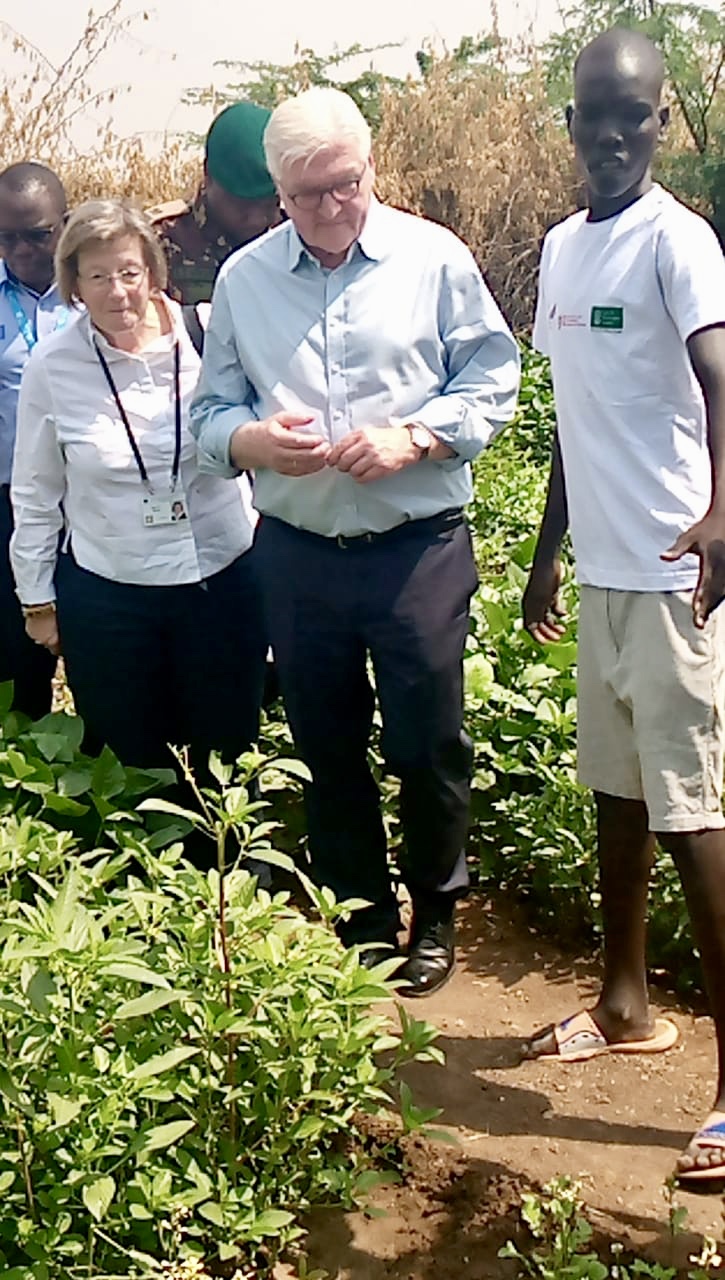By Qaabata Boru – KANERE staff writer
On February 26, 2020, German president Frank-Walter Steinmeier visited the Kakuma refugee camp to observe a project sponsored by Germany. As a welcome gift, he received a football from pupils of Al-Nuur Primary School.
Kakuma refugee camp was established in 1991, and it is the second largest refugee camp in Kenya following Dadaab, which is located near the border with Somalia.

More than a half a million refugees from over 25 countries are currently living in Kenya, a majority of whom are warehoused in camps. For many refugees, these camps have become their homes, and a majority of residents have never moved out of the camps. Many were born there. This is a consequence of Kenya’s encampment policy, which prohibits refugees from living outside of designated areas.
“I have lived here for 22 years. I never moved out of Kakuma because I never received a travel document. It is hard to make business or study outside the camp,” explained Mohamed a Somali refugee. He spoke to a KANERE reporter outside the entrance of Al-Nuur school during President Frank-Walter’s visit.
Germany is currently resettling about 500 refugees from Kakuma on humanitarian grounds. While generous, this is a small dent given the population of approximately 500,000 refugees registered in Kenya. Eighty-five percent of this population remain warehoused in the Kakuma and Dadaab camps.
Federal president Steinmeier was on a three-day visit to Kenya, which included meetings with the government and humanitarian organizations. The UN Refugee Agency accompanied the president to Kalobeyei Integrated settlement and showcased their work, including the ‘Kitchen Garden’ project, in which refugees grow their own produce on small plots outside their homes.

“I was taking care of this garden for over a month, and watering the plants twice every day,” explained Gatluak (not real name), a gardener from South Sudan.
“I was told to take proper care of the garden, but I was not aware who would be visiting our garden until today!” Gatluak added.
The Kitchen Garden project was developed to supplement the shrinking UN rations upon which camp dwellers depend for survival.
Despite the agricultural investments made under the Kalobeyei Integrated Social Economic Development Plan (KISEDP), farming remains a major challenge because Kalobeyei is located in a dryland region with scarce water.
